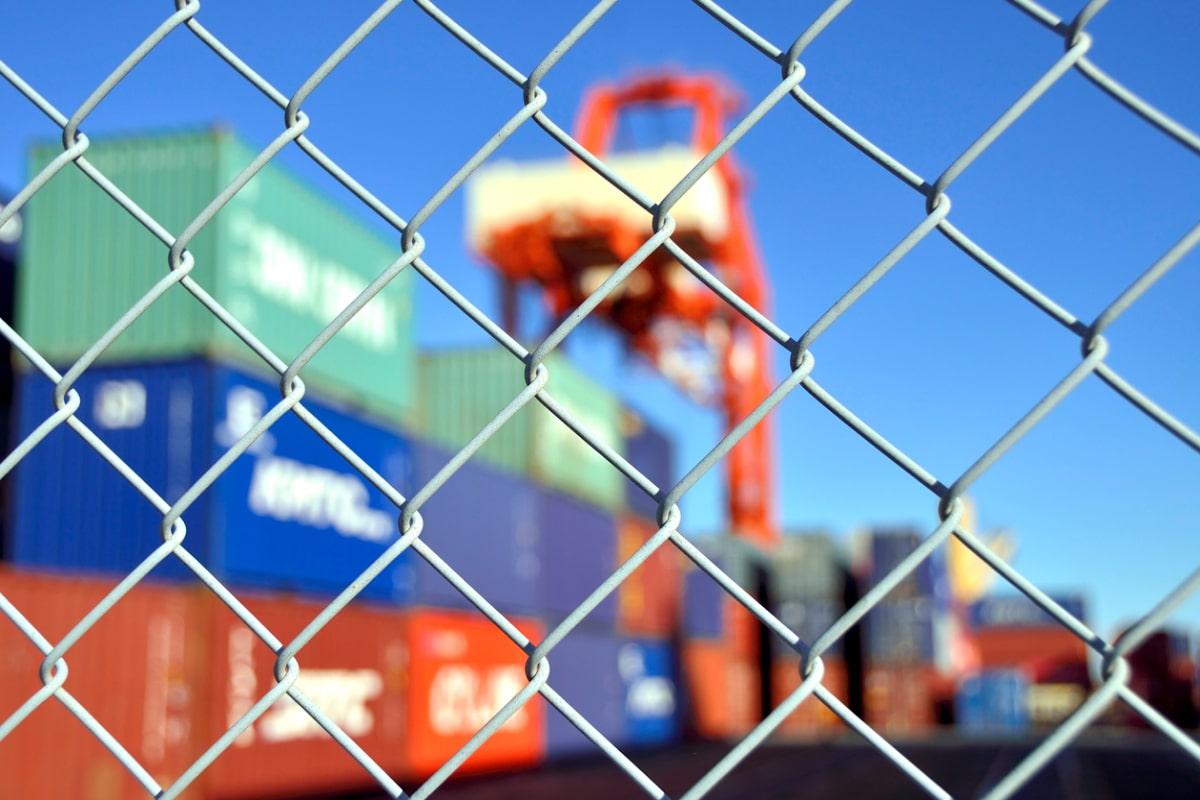Only shipments to South Korea were recorded in June.
Exports of dysprosium and terbium from China remained at historic lows in June, following a complete halt in May. According to Chinese customs data, just 1 kilogram of dysprosium and 1200 kilograms of terbium were exported, both to South Korea. No shipments were recorded to other countries. Compared to June 2024, when China exported 26,037 kilograms of dysprosium and 8,590 kilograms of terbium, current levels remain severely depressed.

Chinese dysprosium exports over the last months.
Since April, both heavy rare earth elements have been subject to China’s export licensing regime. As the world’s dominant producer, China’s restrictions have had a significant impact on global supply.

Chinese terbium exports over the last months.
Dysprosium and terbium are vital to high-tech sectors such as semiconductors and chemical processing, but their most critical application is in neodymium-iron-boron (NdFeB) magnets. While not all NdFeBs contain dysprosium or terbium, these elements are crucial additions in magnets designed for high-performance and high-temperature environments, such as those found in electric vehicle motors, wind turbines, and advanced defense technologies.
Government-Set Quotas Not Public This Time
Meanwhile, China has quietly issued its rare earth mining and smelting quotas on Friday, breaking from its usual practice of public announcements. Sources did not disclose the specific volumes, as companies have reportedly been instructed not to share the figures. In 2024, the official quotas were set at 270,000 tons for mining and 254,000 tons for smelting.
Photo: iStock/takenobu

